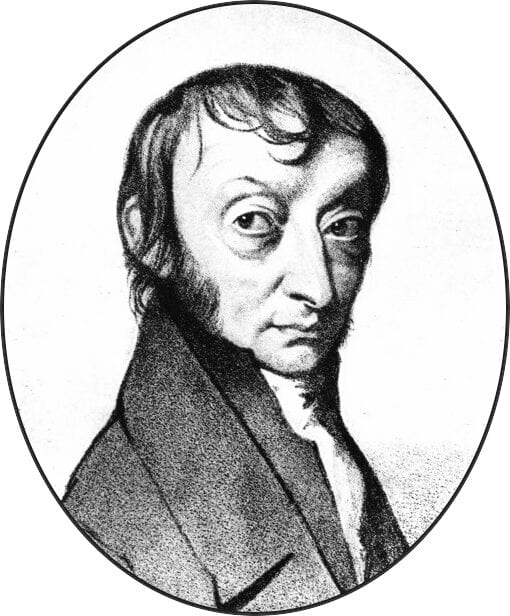What is Avogadro’s Law?

Avogadro’s Law or Avogadro’s Hypothesis is an Ideal Gas Law that basically defines that how the volume of a gas is directly proportional to the amount of substance (moles) of gas used when pressure and temperature are held constant.
In other words, at constant temperature and pressure, of course, an equal volume of all the gases will have the same number of molecules.
This phenomenon is known as Avogadro’s Principle; named after Italian Chemist, Physicist, and Scientist Amedeo Avogadro who first hypothesized this law in 1811.
In fact, when Avogadro’s Law is substituted with Combined Gas Law (i.e the combination of Boyle’s Law, Charles’s Law, and Gay-Lussac’s Law) develops into an Ideal Gas Law. Moreover, Avogadro’s Law can be deduced from the Kinetic Molecular Theory Of Gas.
Take a look at Top 6 Real-Life Gay Lussac Law Examples
General Consequences and Facts About Avogadro’s Hypothesis
Not to mention, there are some general consequences and easy to remember facts about Avogadro’s Law, which you definitely want to keep in mind:
- If the amount of substance (moles) is increased, the volume will increase. And, vice-versa.
- Like all the other Ideal Gas Law, this Law also describes the behavior of an Ideal Gas. Yet, it can also be applied to real gases at normal temperatures and low pressure.
- In real practice, real gases show a small deviation from the ideal gas behavior. Yet, it is still a useful tool for scientists.
- The molar volume i.e one mole of an ideal gas occupies 22.4 Liters at STP ( i.e at 0°C and 1 atm pressure).
- The Avogadro Number or Avogadro Constant is the number of elementary entities (atoms, molecules, or other particles) present in 1 mole of a substance; represented by NA. Mathematically, it is equal to 6.022×1023.
- This Avogadro Number remains the same for every element; whether the lightest one i.e Hydrogen or the heaviest one i.e Uranium.
Check out, Top 6 Applications of Charles Law
Avogadro’s Law Formula
The above equation shows that”an increase in the volume of a gas will be an increase in the amount of substance (moles) in proportion; and vice-versa.
Recommended, Top 6 Applications of Boyle’s Law
Avogadro’s Law Example Problem
- A 5 L sample at 27 °C and 3 atm contain 0.600 mol of gas. If we add 0.300 mol of gas at the same pressure and temperature. Then, what will be the final total volume of the gas?